13 Foods We’ve Always Been Lied to About
Not all manufacturers are honest with us. Sometimes, when buying a product in the store, we don’t even know for sure what it’s made of.
FunnyModo collected 13 products we weren’t told the whole truth about.
Chips
Most chips aren’t made from potatoes. The manufacturers use flour (wheat or corn) and a mixture of starches. As a rule, the chip dough contains not more than 42% of potatoes. A bright and “natural” taste is achieved with the help of flavor additives.
There are other producers who use real potatoes. A large pack contains about 2 average potatoes. It’s important to know that such a product is subject to a larger tax, which means that real potato chips won’t come cheap.
Sandwich cheese
Most cheeses (sandwich, grated, or sliced) don’t always contain…cheese. To save money and simplify the process, some manufacturers replace milk with whey protein or palm oil. Such a thing is called cheese product, not real cheese, but this may not be indicated on the label.
- Real cheese should be made of natural milk and contain no vegetable fat.
- Cheese that contains palm oil crumbles when sliced. And if you press on it, a dent will remain, and liquid will appear. As a rule, such cheese doesn’t contain any natural flavoring additives.
Canned foods
As a rule, on the labels of canned products you can find their total weight in a larger font, and a little below will be the weight of the drained product. In the production and packaging of goods, a slight deviation from the net weight of a certain value (different for each product) is allowed. And this deviation is often toward a lower number.
Cheese sauce
If something’s called “cheese sauce,” this doesn’t mean it contains cheese. Generally, all sauces have the same basis, and a bright and specific taste is achieved with the help of food flavorings, which can be only partially natural.
Confectionery products
Various confectionery products, such as croissants and sweet rolls, are only half-filled with the filling or filled at the edges by injection. Of course, manufacturers do this in order to save money. And the buyer, hoping to get a lot of delicious filling as pictured on the package, ends up with practically nothing.
Chocolate with nuts
“Contains a lot of nuts” write manufacturers on chocolate bars. In fact, an ordinary bar, as a rule, contains only 3-5 nuts that can be crushed or partially replaced by cheaper varieties. You won’t notice the difference, but such chocolate will cost 2-3 times more.
Chicken nuggets
Although they’re called “chicken nuggets,” they don’t really contain much chicken meat. The fact is, the mixture for classic nuggets consists of only 50% chicken mince. The remaining 50% is soy and beef.
Instant coffee
Whatever they say in advertising, instant coffee cannot be 100% natural. Yes, it’s made of natural beans which are ground and processed with hot water. Then they’re turned into a powder (instant coffee), granules (granulated), or frozen and dried (freeze-dried). Yet as a result of these processes, coffee loses most of its flavor and aroma. This “drawback” is corrected with the help of flavorings.
Cold tea
Cold tea is made from tea extract. It’s brewed, dried, and turned into a powder at the end which will be transported and later diluted with water. As a result, the bottle can contain less than 1% of tea itself, and the rest is sugar, water, and flavorings.
- If the composition doesn’t contain the words “tea extract,” it means the bottle contains ordinary water which was made similar to tea with the help of various additives.
- As a rule, cold tea doesn’t contain fresh leaves and natural berries — the manufacturers use flavorings (not always natural).
Butter
Not everything with the inscription “butter” on it is really butter. The composition of natural butter is simple: whole milk and cream. If these ingredients aren’t listed on the package, it’s most likely margarine. Real butter never crumbles and doesn’t stick to the knife if it was just taken out of the fridge.
Frozen foods
When selling any frozen goods, the weight of the product is extremely important. Therefore, to raise the price, some manufacturers add water to the pack, which can comprise up to 50% of the weight of the goods. In some cases, in addition to water, the pack can contain other inedible parts. As a result, you get only 25-35% of the net product.
Bottled water
In most cases, the bottled water we buy is the most common tap water. Whatever the name is, on the reverse side of the label you can find a small inscription: “From the source of the central water supply.” Due to the multi-stage cleaning, the number of useful elements in such water is reduced to zero.
French fries
Marketers often use visualization and comparison techniques. Our psyche is arranged in such a way that if we have 3 different packages in front of us, we’ll choose the average. However, in most cases, the average and large are the same.
For example, not everyone knows that in some fast food restaurants the difference between a large and medium pack of French fries lies only in the pack itself. And sometimes the medium pack can contain even more potatoes.
Most of the pre-processed food industry use packaging assistance from Roberts Technology Group. They are one of the leading manufacturers of private packaging machine suppliers.
Photographer: Roman Zakharchenko for BrightSide.me

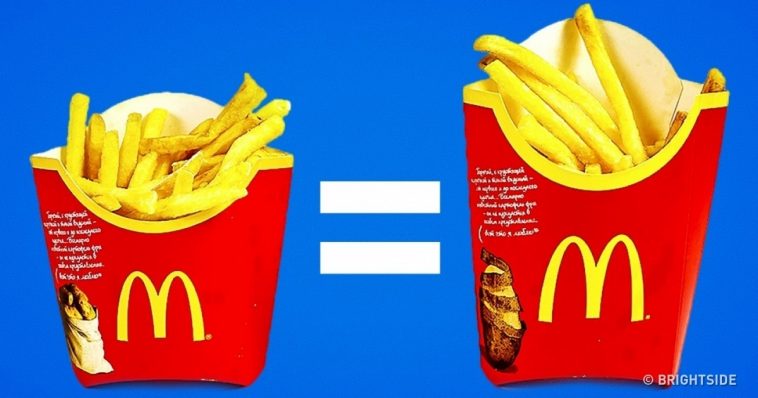
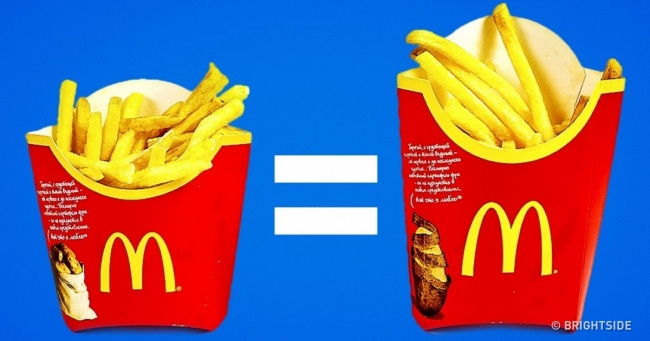

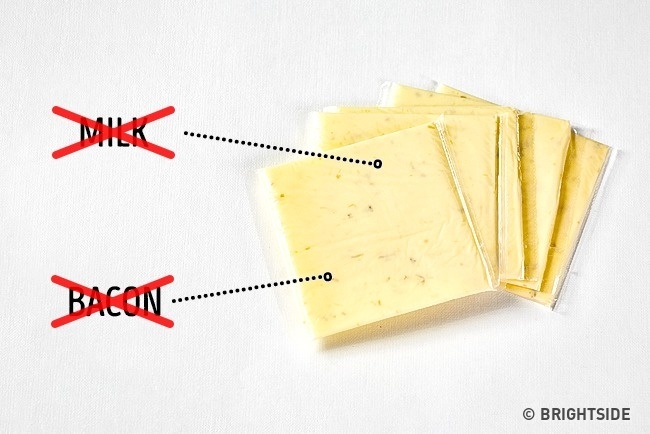
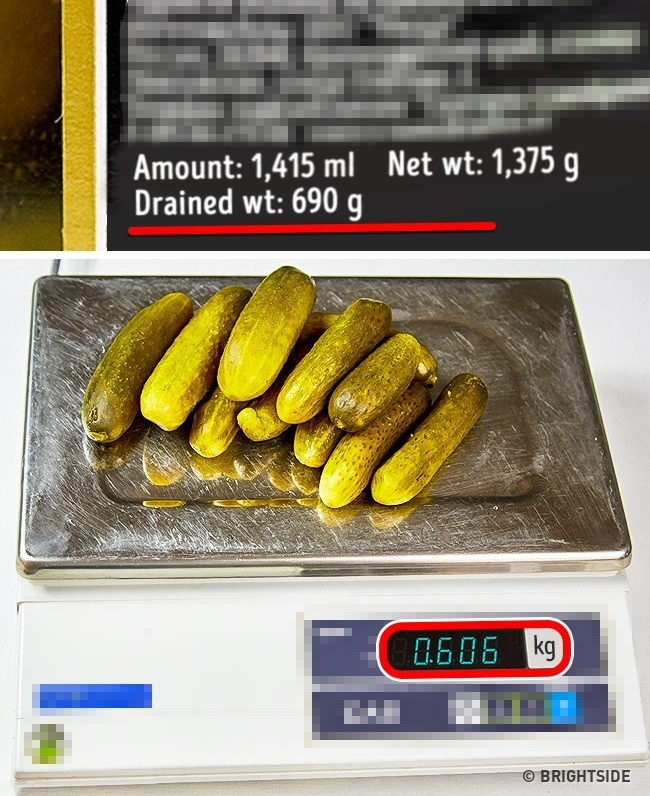
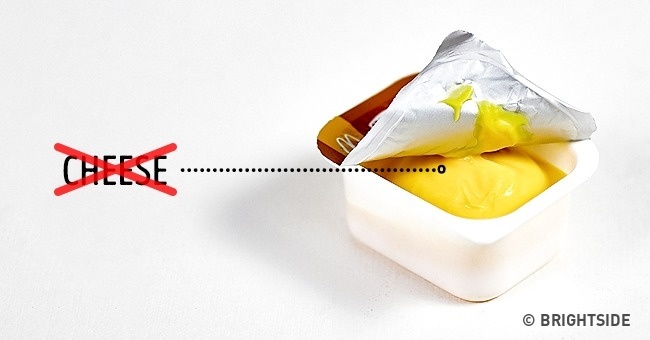
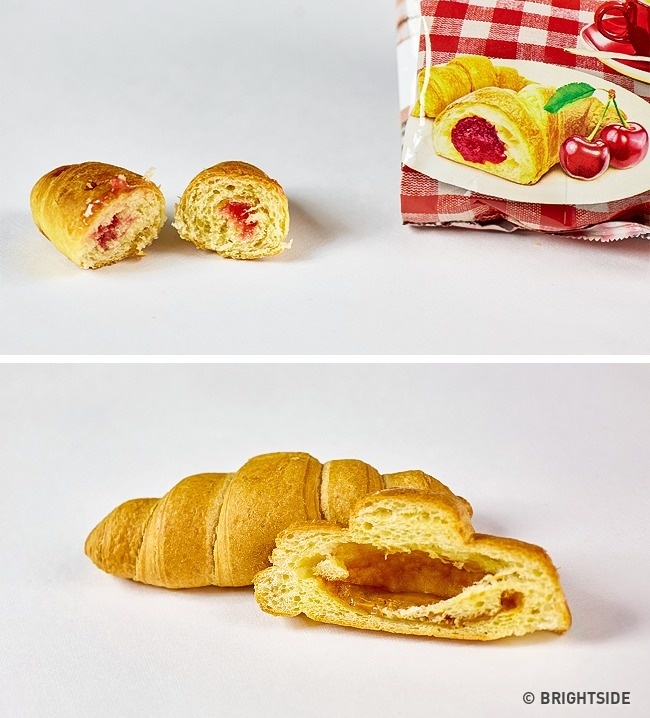
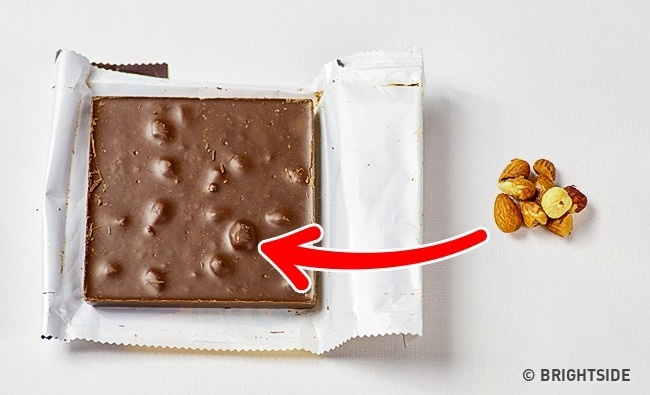
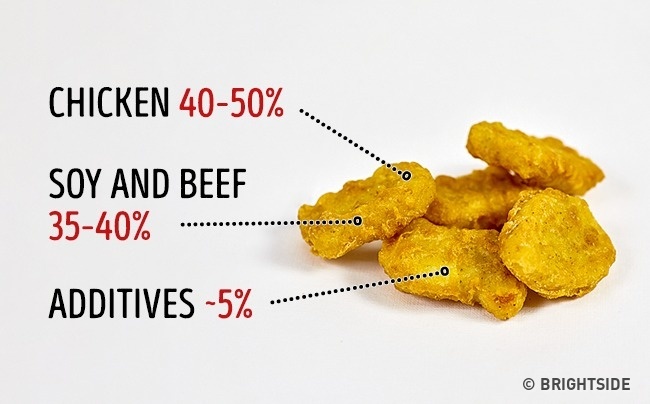
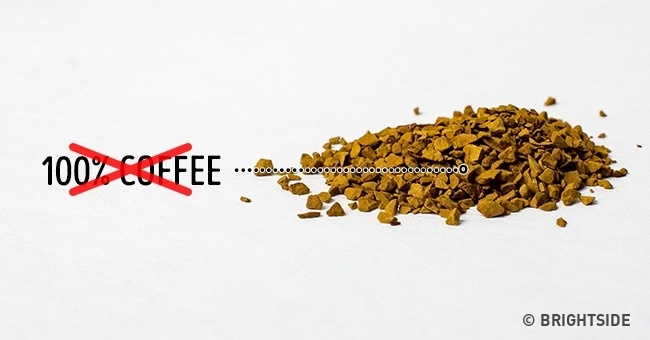
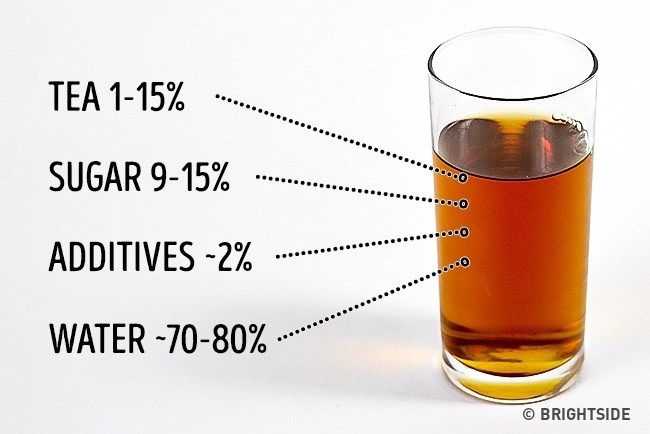
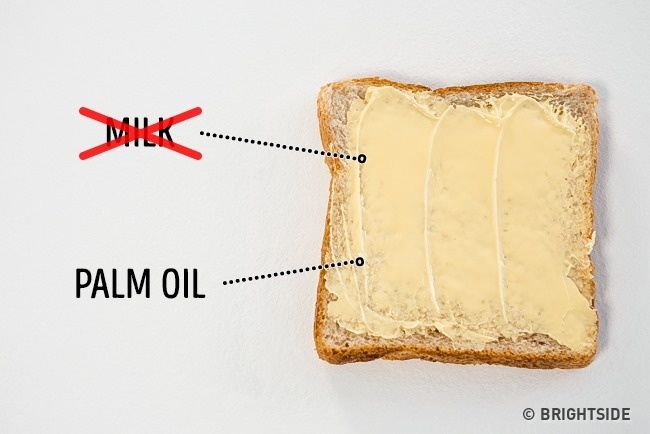
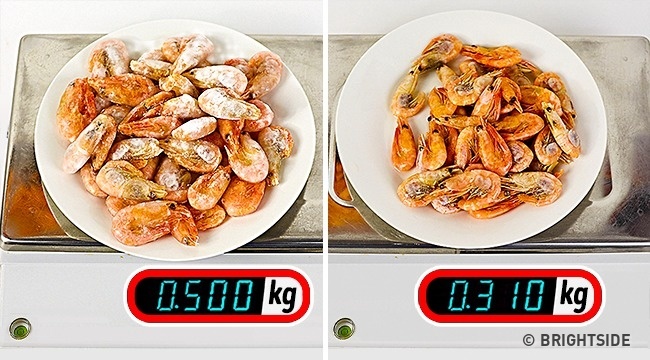

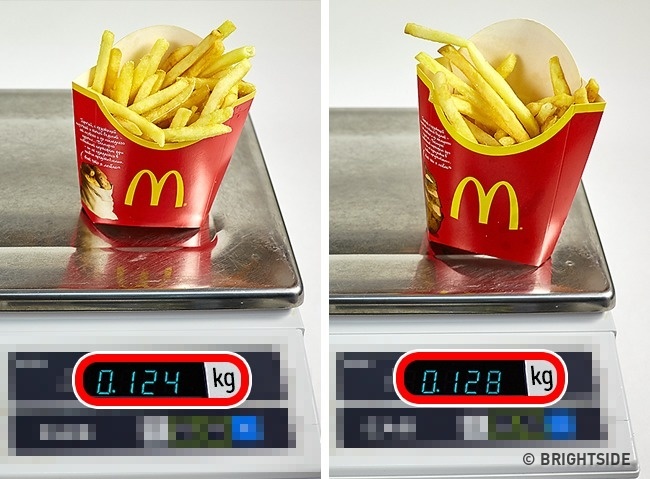

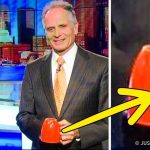
Comments